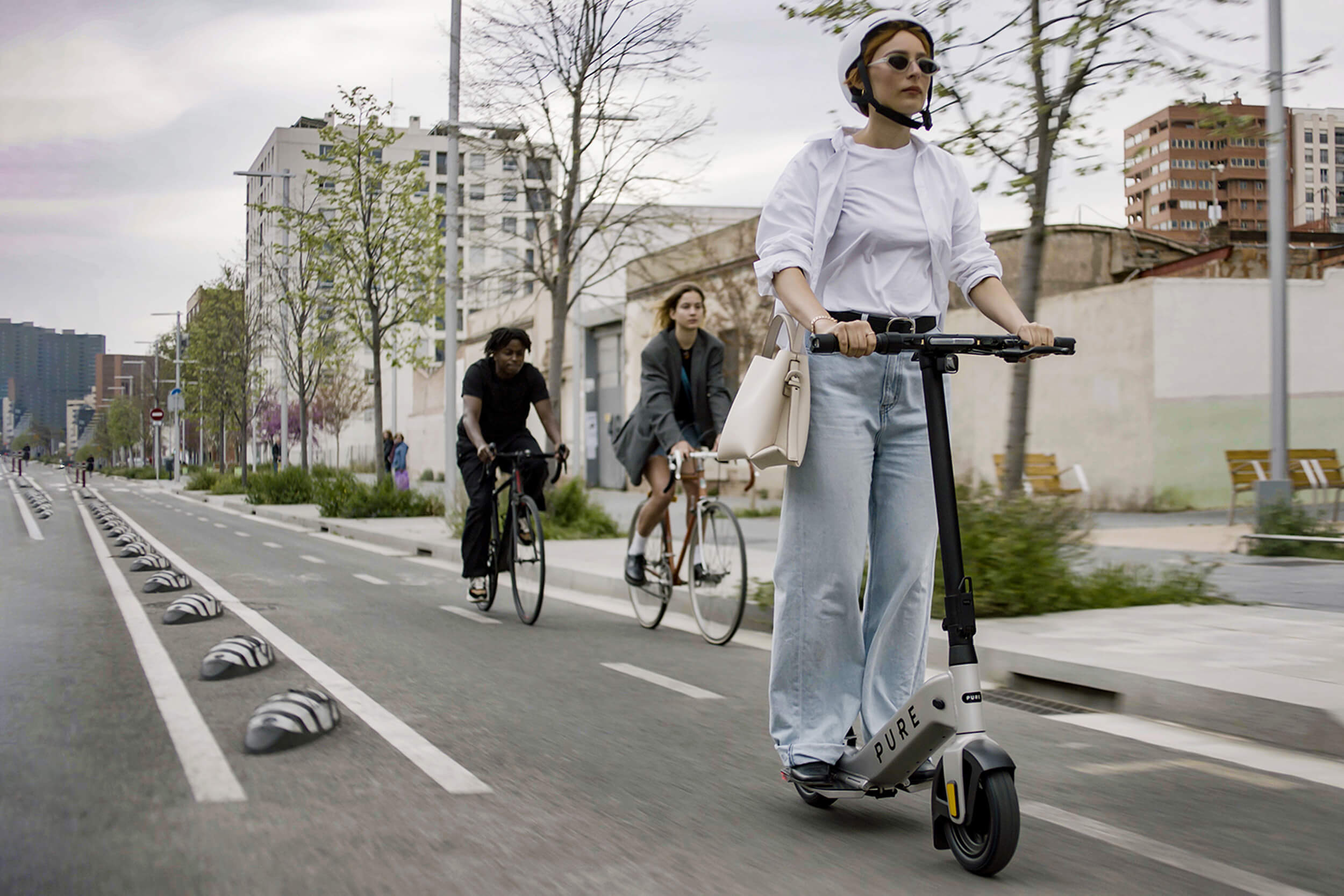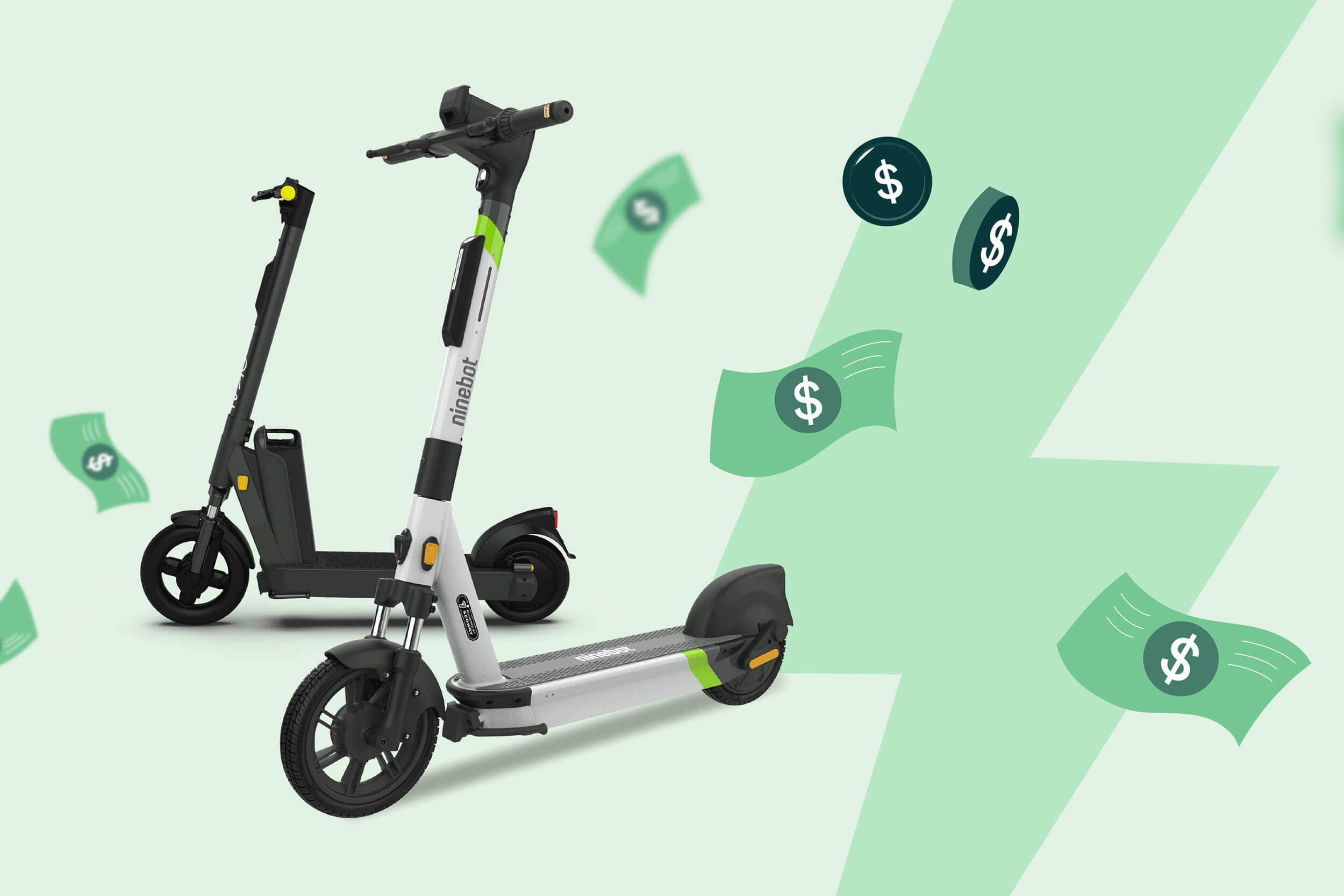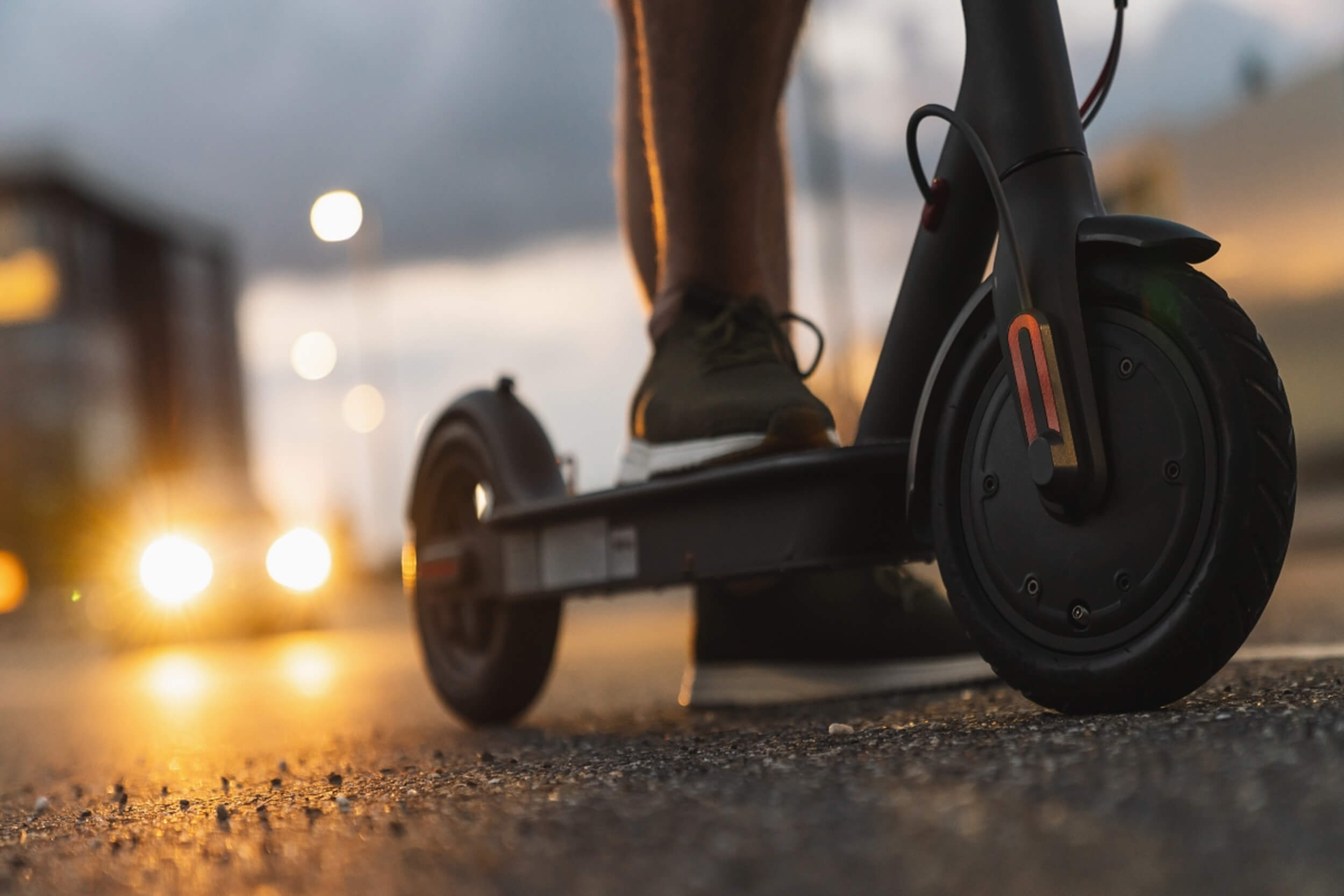
E-Scooter Tours: Exploring Your City on Two Wheels
March 1, 2025
The Ripple Effect of E-Scooters
April 15, 2025In recent years, e-scooters have emerged as a popular mode of transportation in urban areas around the globe. These lightweight, electric-powered vehicles are transforming the way people commute, offering a convenient, efficient, and environmentally friendly alternative to traditional modes of transport. Beyond their benefits to individual users, e-scooters are also playing a significant role in supporting local economies. This article explores the various ways e-scooters contribute to economic growth, from job creation and increased tourism to reduced congestion and enhanced local businesses.
1. Job Creation and Economic Opportunities
The rise of e-scooters has led to the emergence of new businesses and job opportunities within local economies. Companies that operate e-scooter rental services require a workforce to manage their fleets. This includes roles such as maintenance technicians, fleet managers, marketing personnel, and customer service representatives. The growth of e-scooter companies has resulted in the creation of hundreds or even thousands of jobs in cities where these services operate. Moreover, the e-scooter ecosystem extends beyond the companies that directly provide the scooters. Various supporting industries also benefit, including technology firms that develop software for scooter management, repair shops that service scooters, and even local businesses that sell accessories and safety gear. This interconnectedness creates a ripple effect that stimulates economic activity and provides diverse job opportunities.
2. Boosting Local Tourism
E-scooter rentals have become an attractive option for tourists looking to explore new cities. The ability to easily rent an e-scooter allows visitors to cover more ground than they would on foot, making it easier to discover popular attractions, hidden gems, and local eateries. Tourists are often drawn to the convenience of e-scooters, especially in cities where public transportation may be limited or inconvenient. Local tourism boards and businesses are capitalizing on this trend by partnering with e-scooter companies to promote guided tours, special routes, or discounted rentals. As tourists navigate through urban landscapes on e-scooters, they are likely to stop at local shops, cafes, and restaurants, directly contributing to the economic vitality of these establishments. Increased foot traffic in commercial areas leads to higher sales for local businesses, thereby supporting the overall economy.
3. Supporting Local Businesses
E-scooters not only benefit tourists but also provide a valuable service to local residents. Many people use e-scooters for short trips, such as commuting to work, running errands, or visiting friends. This convenience encourages residents to shop locally rather than relying on far-off grocery stores or shopping malls. As people opt for e-scooters, local businesses benefit from increased patronage. For example, coffee shops, grocery stores, and restaurants in urban areas may see an uptick in customers due to the accessibility offered by e-scooters. With fewer barriers to transportation, individuals are more likely to support nearby businesses, enhancing local economic resilience.
4. Reducing Traffic Congestion
One of the most significant benefits of e-scooters is their potential to alleviate traffic congestion in urban areas. As more people choose e-scooters over cars for short trips, roads become less congested, leading to more efficient traffic flow. This reduction in traffic not only improves air quality by lowering emissions from idling vehicles but also enhances the overall quality of life in urban settings. With reduced congestion, public transport systems can operate more efficiently, benefiting commuters who rely on buses and trains. When local infrastructure is not overwhelmed by traffic, cities can invest more in public spaces, parks, and pedestrian-friendly areas. This creates a more attractive environment for both residents and tourists, further boosting the local economy.
5. Innovation and Technology Growth
The e-scooter industry is closely linked with advancements in technology, including GPS tracking, mobile applications, and data analytics. Companies that operate e-scooter fleets often leverage these technologies to optimize their services, track scooter availability, and enhance user experience. This technological innovation can inspire local startups and tech companies to collaborate with e-scooter providers, fostering an environment of creativity and entrepreneurship. Local governments may also invest in technology infrastructure to support e-scooter operations, creating additional jobs and economic activity in the tech sector.
6. Urban Planning and Development
As e-scooters become more integrated into urban transportation systems, city planners and developers are increasingly considering their impact on infrastructure. Cities are recognizing the need for dedicated bike lanes, charging stations, and parking areas to accommodate the growing popularity of e-scooters. These investments in infrastructure not only support the e-scooter industry but also improve overall urban mobility, making cities more accessible and appealing. Improved infrastructure attracts new businesses and residents, contributing to economic growth. E-scooters are more than just a trendy mode of transportation; they are a powerful tool for supporting local economies. By creating jobs, boosting tourism, supporting local businesses, reducing traffic congestion, driving technological innovation, and influencing urban planning, e-scooters contribute to the overall vitality and resilience of communities. As cities continue to embrace this innovative form of transport, the economic benefits will likely expand, highlighting the importance of sustainable transportation solutions in our rapidly evolving urban landscapes.



